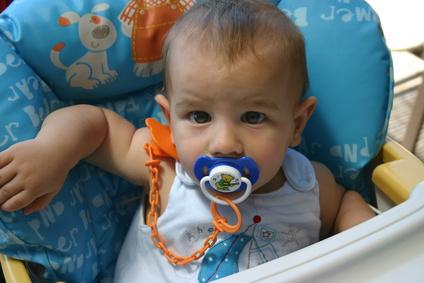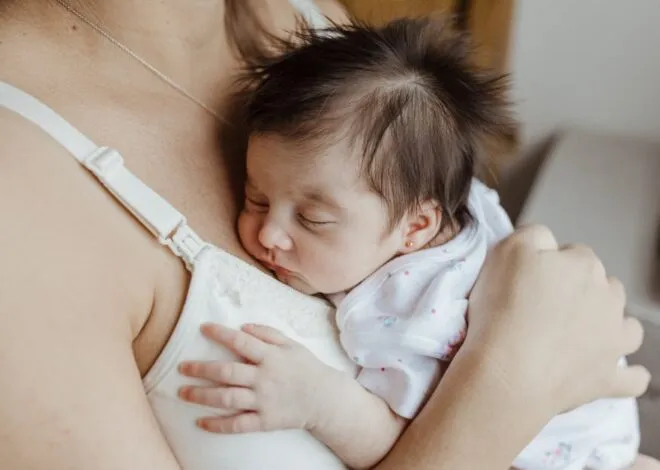The best way to wean your baby from a pacifier will depend on your and your baby. Pacifiers can help an infant soothe himself, as sucking is the only thing he can control at first. Allowing your child to use a pacifier after his third or fourth birthday could lead to dental problems. Weaning your baby from the pacifier, like any other major change, may confuse him or upset him at first. How you handle his discomfort will make it easier–or more difficult–for him to give up his binky.
Step 1
Limit the frequency of your child’s pacifier use during the day. When she’s happily playing or preoccupied, don’t give her a pacifier. Hide the pacifiers or remove them from her play area. If she’s busy and doesn’t see a pacifier, she’s much less likely to want one.
Step 2
Implement a new rule about pacifiers not being allowed out of the house to limit his dependency on the pacifier. Explain that he’s a big boy now, and pacifiers aren’t allowed outside of the house. He may cry for it the first few times leaving the house, or if he gets overly tired.
Step 3
Limit pacifiers to bedtime or naps only if your baby depends on the pacifier as part of her sleep routine. Remove pacifiers from other areas of your home so she doesn’t see them elsewhere, and you’re less likely to give in and give her one to soothe her at other times during the day.
Step 4
Substitute your baby’s dependency on his pacifier for something new, such as a special blanket or stuffed animal. Take your child to a toy store and ask him to trade in his binkies for a special new toy. Prepare yourself for the possibility of him loving his new comfort friend, but still longing for his binky at bedtime.
Warnings
- Never dip a pacifier in honey or other sugary substances, as this can hurt her dental health.





